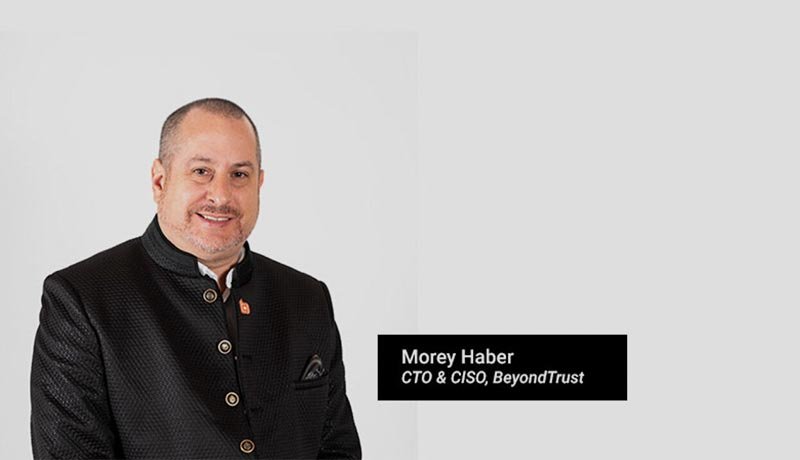17 April 2025, Thu |
1:04 AM

On the occasion of Safer Internet Day 2021, TECHx goes one-on-one with Morey Haber, CTO & CISO – Beyond Trust to discuss current cyber threats for businesses, remote working scenarios – and risks on social media.
Morey: In the context of Safer Internet Day, the most important internet-based threats businesses need to be aware of in 2021 are:
Morey: With the rise of social media, responsible usage requires individuals to change their behavior when it comes to how they share, read, and consume information that is factual versus laden with lies, fake news, and potential conspiracy theories.
First off, you should not believe everything you see online. Nation states, malicious actors, and individuals with latent mental illness can post outrageous stories to attract individuals into civil unrest and ridiculous conspiracy theories. You need to adopt the business practice of “trust but verify” with all of social media. You may or may not trust the individual that posts a story but, in the end, it is up to you research the story and verify the contents.
Second, just because a story shows up on multiple feeds, does not make it true either — it might simply be the case that many others are not verifying the story and maybe sharing it without regard to the truth.
Finally, with social media being available on almost every device, the importance to use sound judgment in posting content is key to ensure it is not a malpresentation of the fakes or could lead to the wrong conclusions.
Morey: For most of us that fall in the work-from-home category, staying safe at home requires more than just being vigilant about how we use technology. The human factor is just as important and burnout is a real thing. To that end, from a management perspective, there are a few lessons I’ve learned that can help mitigate the threat of burnout.
To be fair, these are not all my ideas. I have spoken with many of my peers, and they have offered these solutions to combat work-from-home burnout. Sharing the best ones, unfortunately, has not coalesced outside individual executive teams and close-knit management circles. Burnout has become a very real problem, and documenting my experience and conversations with others feels like the right thing to do as we all manage through this pandemic together.
Consider establishing simple rules of engagement for remote employees. This can include:
If your budget allows, you can also accelerate their laptop refreshment cycle to ensure all your employees have the best technology possible when working from home. Employees with good equipment generally are less frustrated and feel more valued when given the best equipment their companies can offer.
Breaking up the work-from-home monotony is essential without water cooler chitchat or upcoming travel on the calendar to break up the routine. Here are a few ways you can add some variety to the workweek:
An effective human resources department is vital to fighting burnout. They can embrace the health care plans for your employees and send reminders to make sure everyone is aware and feel comfortable contacting any mental health services you provide. New employees can be especially overwhelmed by the lack of person-to-person contact when onboarding in a remote setting, and self-doubt can set in. Some successful organizations have established the following additional onboarding operating procedures to ensure the process is productive: